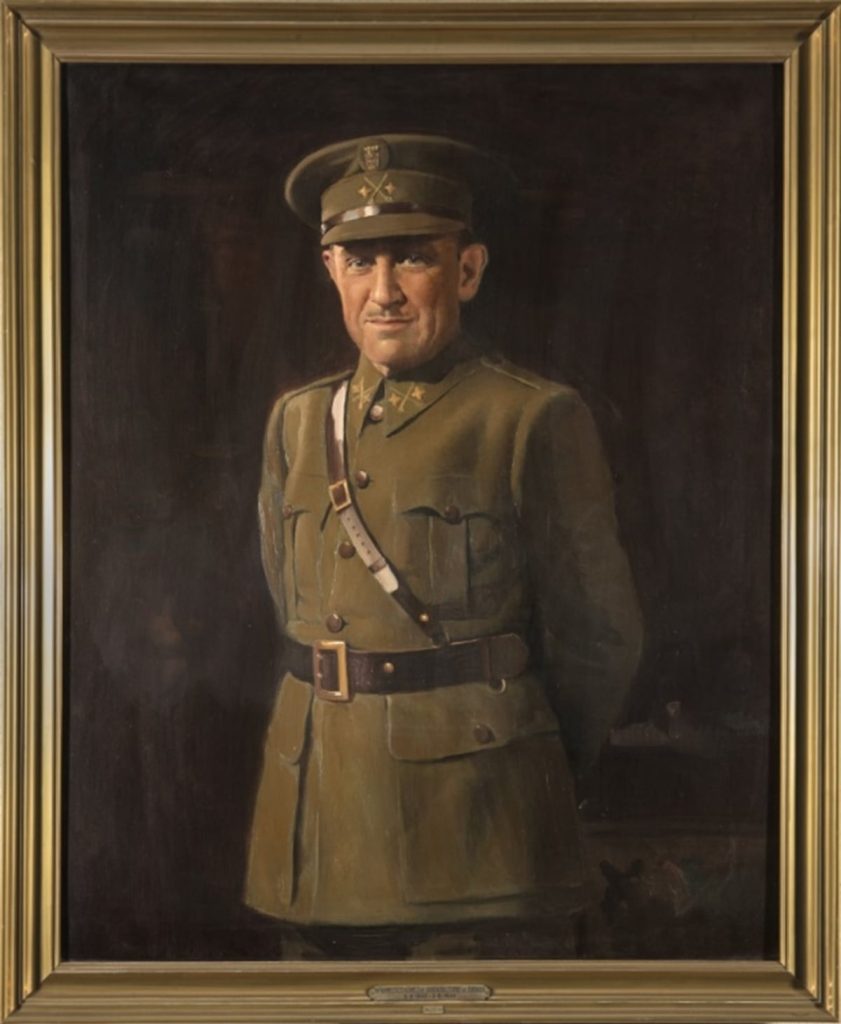The equestrian sculpture of dictator Francisco Franco, the first director of the General Military Academy (AGM) of Zaragoza, was removed from the main courtyard of the center where officers of the Army and Civil Guard are trained in August 2006, over a year before the approval of the first Historical Memory Law. The portrait of General Francisco Gómez-Jordana y Sousa, promoter of the Diplomatic School, was removed from the hallway of the main hall of the center where Spanish diplomats are trained in December 2022, two months after the entry into force of the Democratic Memory Law, the successor to the previous one. However, the removal is not definitive. The High Court of Madrid has just annulled it, ruling in favor of a lawyer and grandson of the Count of Jordana who filed an administrative-law appeal. The Ministry of Foreign Affairs, which has announced that it will appeal the ruling, denies that the grandson of General Jordana has any interest in a matter of general, not particular interest. Gómez-Jordana held various high-ranking positions during the Spanish Civil War and was a minister of Foreign Affairs in two periods until his death during World War II.
For the Ministry of Foreign Affairs, the portraits of Gómez-Jordana and other former ministers found in official premises violated the article 35.4 of the Democratic Memory Law, which explicitly states that portraits of military personnel or ministers associated with the military rebellion or dictatorship repression should not be displayed in public areas. Minister José Manuel Albares, in charge of ensuring compliance with this law, had the portraits transferred to the Documentary Center of Historical Memory in Salamanca. This action was part of a larger effort to remove all vestiges of the Franco regime from official buildings, including other former ministers of Foreign Affairs during the Spanish Civil War and World War II. The Ministry of Foreign Affairs sent a telegram to all Spanish representatives abroad instructing them to ensure compliance with the Democratic Memory Law to avoid embarrassing situations.
Spanish diplomatic representations identified and removed a total of 1,107 items with Franco symbolism, including portraits, decorations, and items with pre-constitutional symbols. The Ministry of Foreign Affairs itself had to remove Franco symbols from its headquarters, including four shields with the Franco eagle emblem. Additionally, frescoes in a building in the Plaza del Marqués de Salamanca were covered to conceal a dictatorship-themed motto. The Ministry emphasized the importance of projecting a positive image of Spain abroad, free from symbols of a past that has long been overcome.
The removal of Franco-era symbols from government buildings, including portraits and decorations, has been part of a broader effort to comply with the Democratic Memory Law and present a modern and democratic image of Spain to the world. The annulment of the removal of the portrait of General Gómez-Jordana by the High Court of Madrid has sparked debate over the interpretation and implementation of legislation related to the memory of Spain’s past, particularly in the context of the Franco dictatorship. The Ministry of Foreign Affairs continues to address and rectify instances of Franco symbolism in its premises and diplomatic establishments abroad to align with the principles of democracy and historical memory.


